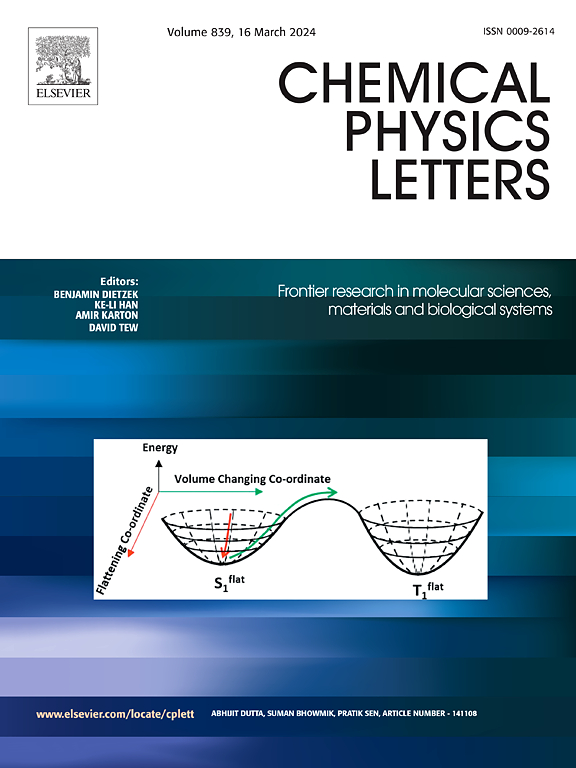BiOBr quantum dots as low detection Ammonia sensors: Room temperature detection and adsorption mechanism analysis
IF 2.8
3区 化学
Q3 CHEMISTRY, PHYSICAL
引用次数: 0
Abstract
BiOBr quantum dots (QDs) were synthesized by aqueous phase method for room temperature ammonia detection. It was found that the BiOBr QDs exhibited a 65 % response to 100 ppm NH3 with a low detection limit of 1.54 ppm. DFT calculations further demonstrated the excellent selectivity and reproducibility of the BiOBr QDs. The ultra-small size, high specific surface area, and abundant unsaturated edge sites of the BiOBr QDs facilitated the oxygen adsorption and charge transfer, enabling efficient room-temperature chemo- resistive sensing. These findings emphasize the importance of BiOBr QDs as high-performance materials for ammonia detection under ambient conditions.
BiOBr量子点作为低检测氨传感器:室温检测及吸附机理分析
采用水相法合成了BiOBr量子点,用于室温氨检测。结果表明,BiOBr量子点对100 ppm NH3的响应率为65%,检测限低至1.54 ppm。DFT计算进一步证明了BiOBr量子点具有良好的选择性和再现性。BiOBr量子点的超小尺寸、高比表面积和丰富的不饱和边缘位点有利于氧吸附和电荷转移,实现了高效的室温化学电阻传感。这些发现强调了BiOBr量子点作为环境条件下氨检测的高性能材料的重要性。
本文章由计算机程序翻译,如有差异,请以英文原文为准。
求助全文
约1分钟内获得全文
求助全文
来源期刊

Chemical Physics Letters
化学-物理:原子、分子和化学物理
CiteScore
5.70
自引率
3.60%
发文量
798
审稿时长
33 days
期刊介绍:
Chemical Physics Letters has an open access mirror journal, Chemical Physics Letters: X, sharing the same aims and scope, editorial team, submission system and rigorous peer review.
Chemical Physics Letters publishes brief reports on molecules, interfaces, condensed phases, nanomaterials and nanostructures, polymers, biomolecular systems, and energy conversion and storage.
Criteria for publication are quality, urgency and impact. Further, experimental results reported in the journal have direct relevance for theory, and theoretical developments or non-routine computations relate directly to experiment. Manuscripts must satisfy these criteria and should not be minor extensions of previous work.
 求助内容:
求助内容: 应助结果提醒方式:
应助结果提醒方式:


